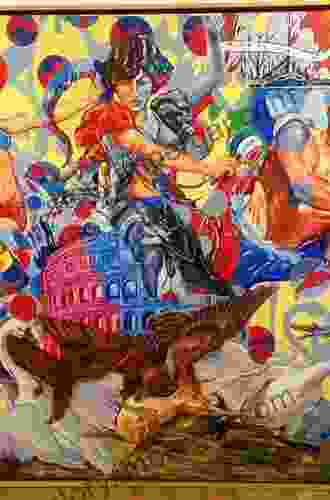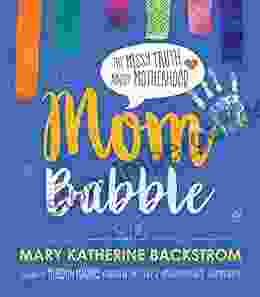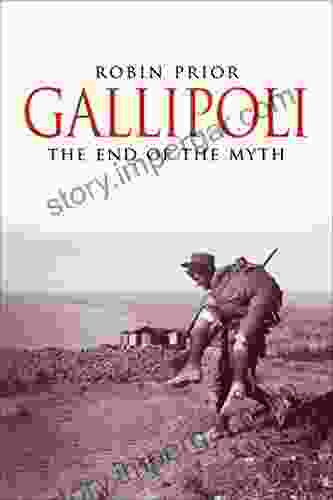The Politics of Contemporary Art Collections: Unveiling the Hidden Agendas

The contemporary art world is replete with thought-provoking and often controversial works that challenge societal norms and provoke critical réflexion. However, beyond the striking aesthetics and profound messages conveyed by these artworks lies a complex and often hidden realm of politics. The acquisition, curation, and display of contemporary art collections are not mere exercises in artistic appreciation but rather strategic maneuvers within a larger cultural and political landscape.
5 out of 5
| Language | : | English |
| File size | : | 2870 KB |
| Text-to-Speech | : | Enabled |
| Screen Reader | : | Supported |
| Enhanced typesetting | : | Enabled |
| Word Wise | : | Enabled |
| Print length | : | 272 pages |
Art as a Tool of Power and Influence
Contemporary art collections have become a potent tool for institutions and collectors to assert their power and influence within the art world. Prestigious museums and galleries compete to acquire the most sought-after works from renowned artists, using their collections as a means to enhance their reputation, attract visitors, and bolster their position within the art market. The possession of significant artworks confers a sense of cultural authority and grants institutions a platform to shape public discourse around contemporary art.
In the hands of wealthy collectors, contemporary art collections become instruments of personal branding and social status. By amassing prestigious works, collectors establish themselves as connoisseurs with discerning taste and cultural capital. They use their collections to gain access to exclusive social circles, leverage their influence within the art world, and cultivate relationships with artists, curators, and other collectors.
Art as a Vehicle for Social Commentary
Beyond their inherent aesthetic value, contemporary art collections play a significant role in shaping social and political narratives. Artists often use their works to challenge traditional power structures, critique social injustices, and provoke critical réflexion on contemporary issues. By acquiring and displaying these works, institutions and collectors can align themselves with progressive values and position themselves as advocates for social change.
For example, the Tate Modern in London houses a renowned collection of contemporary art that includes works by politically engaged artists such as Ai Weiwei and Jenny Holzer. These works provoke critical réflexion on issues like human rights, surveillance, and global capitalism. By showcasing such art, the Tate Modern not only enriches its collection but also contributes to a broader dialogue on pressing social and political concerns.
The Politics of Representation
The composition of contemporary art collections also reveals underlying political dynamics, particularly regarding representation and inclusion. Historically, art collections have been dominated by works by white male artists, reflecting the patriarchal and Eurocentric biases that have long prevailed in the art world. However, in recent years, there has been a growing movement towards greater representation of diverse voices, including artists from marginalized backgrounds and underrepresented communities.
Museums and collectors are increasingly recognizing the importance of showcasing a more inclusive range of perspectives and experiences. By acquiring works by artists from different cultures, genders, and identities, they contribute to a more nuanced and representative understanding of contemporary art. This shift in focus not only enriches the artistic landscape but also challenges traditional notions of artistic excellence and challenges societal norms.
The Impact on the Art Market
The politics surrounding contemporary art collections have a profound impact on the art market. The decisions made by institutions and collectors regarding acquisitions and exhibitions directly influence the value and reputation of artists. Works that are acquired by prestigious institutions or highly influential collectors gain instant credibility and can command higher prices in the art market. This, in turn, can create a feedback loop, as institutions and collectors seek to acquire works by artists who are already in high demand.
The art market, with its intricate network of galleries, auction houses, and art fairs, is another arena where political dynamics play out. The power imbalances between different actors in the market can affect the prices and availability of artworks, creating barriers to entry for emerging artists and artists from marginalized backgrounds.
The world of contemporary art collections is a complex and fascinating one, where aesthetics and politics intertwine in intricate ways. Institutions and collectors use these collections to assert their power, influence social narratives, and shape the art market. By understanding the political dynamics at play, we can gain a deeper appreciation of the significance of contemporary art and its role in shaping our cultural and social landscape.
As the art world continues to evolve, we can expect the politics surrounding contemporary art collections to remain a subject of ongoing discussion and debate. The ongoing push for greater representation and inclusion, coupled with the increasing use of art as a tool for social commentary, suggests that the political dimension of contemporary art collections will only become more pronounced in the years to come.
5 out of 5
| Language | : | English |
| File size | : | 2870 KB |
| Text-to-Speech | : | Enabled |
| Screen Reader | : | Supported |
| Enhanced typesetting | : | Enabled |
| Word Wise | : | Enabled |
| Print length | : | 272 pages |
Do you want to contribute by writing guest posts on this blog?
Please contact us and send us a resume of previous articles that you have written.
 Book
Book Novel
Novel Page
Page Chapter
Chapter Text
Text Story
Story Genre
Genre Reader
Reader Library
Library Paperback
Paperback E-book
E-book Magazine
Magazine Newspaper
Newspaper Paragraph
Paragraph Sentence
Sentence Bookmark
Bookmark Shelf
Shelf Glossary
Glossary Bibliography
Bibliography Foreword
Foreword Preface
Preface Synopsis
Synopsis Annotation
Annotation Footnote
Footnote Manuscript
Manuscript Scroll
Scroll Codex
Codex Tome
Tome Bestseller
Bestseller Classics
Classics Library card
Library card Narrative
Narrative Biography
Biography Autobiography
Autobiography Memoir
Memoir Reference
Reference Encyclopedia
Encyclopedia Maurice O C Walshe
Maurice O C Walshe Maylan Newton
Maylan Newton Massimo Montanari
Massimo Montanari Robyn Moreno
Robyn Moreno Renato Lancellotta
Renato Lancellotta Marilyn K Smith
Marilyn K Smith Adrian Tinniswood
Adrian Tinniswood Marlies Ehmann
Marlies Ehmann Mark Richards
Mark Richards Mike Pettigrew
Mike Pettigrew Maria L Munoz
Maria L Munoz Mark Maslin
Mark Maslin Mary Ditosto
Mary Ditosto Nick Brooke
Nick Brooke Sady Doyle
Sady Doyle Martyn Compton
Martyn Compton Robert Asher Mandel
Robert Asher Mandel Mark Wolynn
Mark Wolynn Mark Matousek
Mark Matousek Mary Rogers
Mary Rogers
Light bulbAdvertise smarter! Our strategic ad space ensures maximum exposure. Reserve your spot today!

 Edwin BlairUnveiling the Extraordinary Life of the Top-Ranked Marine Sniper: An Intimate...
Edwin BlairUnveiling the Extraordinary Life of the Top-Ranked Marine Sniper: An Intimate...
 Russell MitchellUnleashing Your Hidden Potential: A Journey of Reinvention in 'Your Second...
Russell MitchellUnleashing Your Hidden Potential: A Journey of Reinvention in 'Your Second... Quentin PowellFollow ·18.1k
Quentin PowellFollow ·18.1k Kurt VonnegutFollow ·13.4k
Kurt VonnegutFollow ·13.4k Frank ButlerFollow ·15.8k
Frank ButlerFollow ·15.8k Langston HughesFollow ·3k
Langston HughesFollow ·3k John GreenFollow ·10.6k
John GreenFollow ·10.6k Yukio MishimaFollow ·13.9k
Yukio MishimaFollow ·13.9k Kirk HayesFollow ·17.5k
Kirk HayesFollow ·17.5k Travis FosterFollow ·9.1k
Travis FosterFollow ·9.1k

 Roberto Bolaño
Roberto BolañoUnveiling the Beauty and History of the Medici Iris: A...
In the realm of...

 Theodore Mitchell
Theodore MitchellImproving Gut Health in Poultry: Unlocking the Path to...
In the ever-evolving field of...

 Victor Hugo
Victor HugoPersonalized Medicine with a Nanochemistry Twist:...
The future of healthcare...

 George Martin
George MartinA Year Of Wine: Perfect Pairings Great Buys And What To...
## Year of Wine: An Epic Journey Through the...

 Tom Hayes
Tom HayesDelve into the Enigmatic World of Southern Africa's...
Embark on a captivating journey through the...
5 out of 5
| Language | : | English |
| File size | : | 2870 KB |
| Text-to-Speech | : | Enabled |
| Screen Reader | : | Supported |
| Enhanced typesetting | : | Enabled |
| Word Wise | : | Enabled |
| Print length | : | 272 pages |










